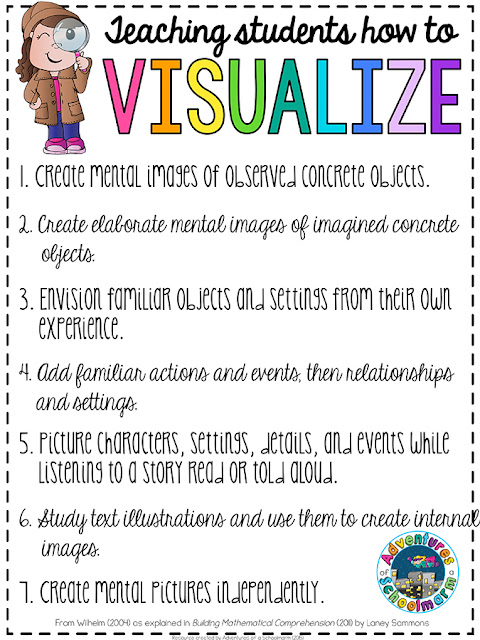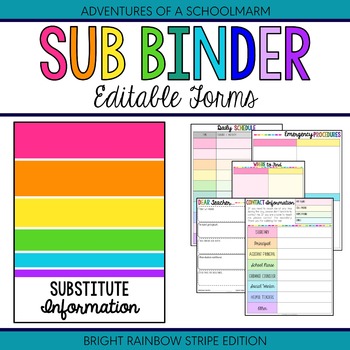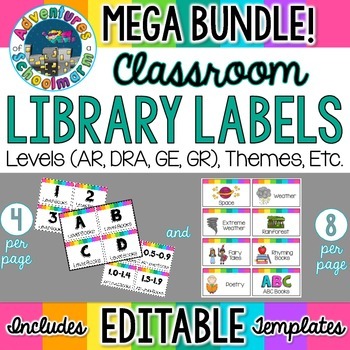In today's society, we are bombarded by images all day, every day. It comes as no surprise that many of our students are visual learners. However, most of the time, our students are used to being passive recipients of the images instead of active participants. Once students have to start generating their own images, they often get frustrated and say those dreaded words…
| We've all seen this face, am I right? |
I am joining up with A Teacher Mom today for Chapter 5 of Building Mathematical Comprehension by
Laney Sammons. Chapter 5 shares
strategies for helping all students learn to actively visualize like true
mathematicians.
According to Sammons (2011), visualization is directly tied to cognition. However, much of the research shows that children often struggle to visualize what they are reading even when prompted. This means they often need explicit, direct instruction to be able to implement this particular strategy with success. Modeling with thinking alouds will really help students begin to verbalize this process.
I loved the step-by-step process for teaching students how to visualize, especially because it can be applied outside the context of mathematics. It starts with really concrete examples, then gradually leads students through the process to be able to visualize more abstract concepts. I also loved the very concrete examples of types of think-alouds to use with students in the text. They were originally intended as a reading strategy, but can easily be adapted to math concepts. This book is a fantastic resource for any math teacher! I highly recommend it.
I have often used graphic organizers and other visual tools within my math instruction to help students better comprehend the problems. That being said, I can't remember ever explicitly asking them, "What do you visualize when you think about multiplication?" The text encourages us to ask students questions like this, then have them draw what they see and explain it to a partner. We can also reverse this activity by showing them visuals, then asking them to explain what it means to them. I love these ideas!
What other ways do you explicitly teach your students to visualize in math?















I think the better I get at facilitating "Math Talk" the easier this becomes for my kids. Look at your post poppin!!!!! :)
ReplyDeleteAwesome blog post! Such an important thing to teach :)
ReplyDeletePS - LOVE your blog design!
Andrea
Maternelle avec Mme Andrea